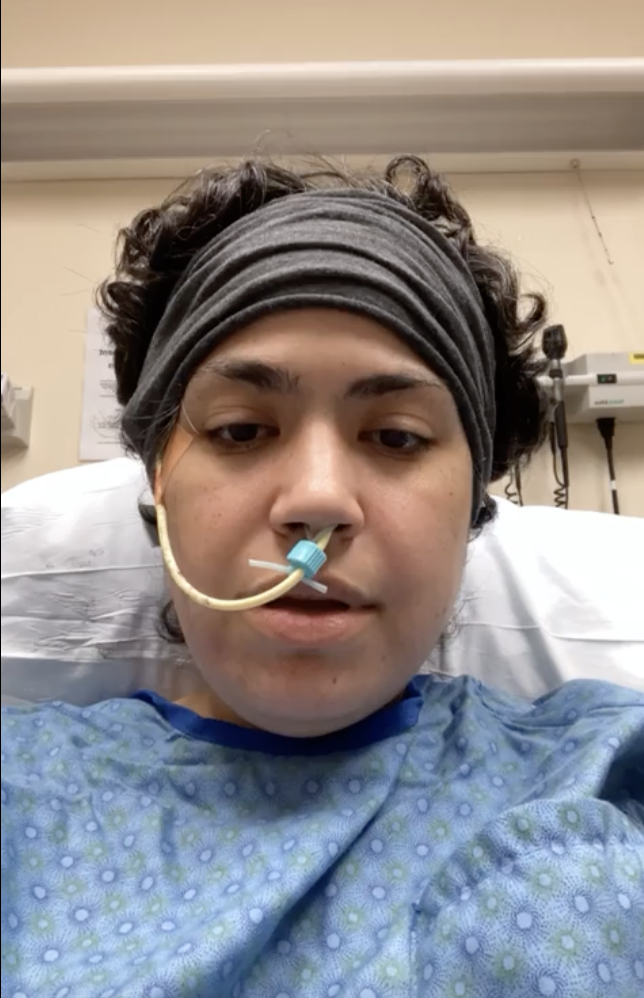 LANSING, MI –Michigan tourists are seeing red! And pink! And even some gold! From a brilliant red cabernet franc, to a gorgeous pink pinot noir rosé, to the golden hue of a late harvest riesling, Michigan wines match the stunning colors of the season. With more than 50 wineries scattered across the Great Lakes State, fall color tourists will discover that some of the best places to view autumn colors are also great places to find award-winning wines.
LANSING, MI –Michigan tourists are seeing red! And pink! And even some gold! From a brilliant red cabernet franc, to a gorgeous pink pinot noir rosé, to the golden hue of a late harvest riesling, Michigan wines match the stunning colors of the season. With more than 50 wineries scattered across the Great Lakes State, fall color tourists will discover that some of the best places to view autumn colors are also great places to find award-winning wines.
There are many events this fall that provide opportunities to sample a variety of Michigan wines, including Detroit Uncorked, Sept. 28, at Ford Field; Harbor Country Harvest Days, Oct. 5-8, in Southwest Michigan; and Food, Wine and All That Jazz, Oct. 26, at The Public Museum of Grand Rapids. Wineries also host wine dinners, vineyard tours and trail events to celebrate the season. Visit www.michiganwines.com for a complete list of Michigan wine-related events throughout the state.
Michigan’s wine grape acreage grew 12 percent from 2003 to 2006, according to a report recently released by the U.S. Department of Agriculture’s (USDA) National Agricultural Statistics Service. Wine grape acreage has increased 60 percent over the last
10 years.
“This updated data confirms the steady growth of the wine industry in the last decade,” said Michigan Department of Agriculture Director of Agriculture Don Koivisto, who also chairs the Michigan Grape and Wine Industry Council. “Michigan’s wineries are committed to the concept of regional identity by utilizing a high percentage of Michigan-grown fruit in their wines.”
By far the largest recent vineyard plantings have been riesling; but pinot grigio, pinot noir, cabernet franc and vidal have also shown substantial increases. Traditional European varieties now account for two-thirds of Michigan’s wine grape acreage. The balance is mainly comprised of hybrid varieties (crosses between European and native North American varieties).
The USDA report is based on the 2006 Rotational Fruit Survey, which collected data from grape growers in Michigan.
To request a complimentary Michigan Wine Country magazine, with maps to the wineries, visit www.michiganwines.com or contact the Michigan Grape and Wine Industry Council at (517) 241-1207. The magazine is also available at all Michigan wineries and Travel Michigan Welcome Centers.
The Michigan Grape and Wine Industry Council is a 10-member panel that supports the growth of the grape and wine industry in Michigan. It is housed in the Agriculture Development Division of the Michigan Department of Agriculture, which is the official state agency charged with serving, promoting and protecting the food, agriculture and agricultural economic interests of the people of the state of Michigan.
Autumn Michigan Wine Events
October 5-8
Harbor Country Harvest Days. Celebrate autumn and the harvest season with activities throughout Southwest Michigan including: Oct. 5 – Art Gallery Crawl with samplings by area restaurants and local wineries; Oct. 6 – Wine & Music Festival. See full schedule at www.harborcountry.org.
October 6
Harvest Celebration. Brys Estate Vineyards. Experience “up-close and personal” the wonders of the grape harvest with tours hourly through the vineyard and winemaking facility. Taste the first wine from their “Artisan Series” – an unfiltered Pinot Noir! 11am-6pm. www.brysestate.com
October 6
Annual Harvest Day Festival. Chateau Chantal. Enjoy the festivities … wine tasting, tours, stomping, and much more! 12-4pm. www.chateauchantal.com
October 6
New Buffalo Harvest Fest. Lion’s Park, New Buffalo. Enjoy everything local – live music, world-class wines from Southwest Michigan, tasty fare from area restaurants, farmers’ market, and hayrides to a pumpkin patch … an abundance of free activities for the kids! Noon-10pm. $5 suggested donation, 12 and under free. www.newbuffalo.org
October 6
Food & Wine Fair. Pleasantview Vineyards. Local vendors with free samples and items to sell, free wine tasting. See what Northern Michigan is cooking up and get tips from the winery’s vintner on pairing the right wine with your meals. 2-5pm. www.pleasantviewwinery.us
October 11
Greater Lansing Area Wine Opener. Eagle Eye Golf Club, Bath. Wine, gourmet food, live entertainment, silent auction … a fun night out on the town! Proceeds benefit the Cystic Fibrosis Foundation. 6-10pm. Tickets are $50 per person and can be purchased online at www.localwineevents.com.
October 20
Crane Watch. Sandhill Crane Vineyards. Start at the Jackson Audubon Society’s Haehnle Sanctuary to watch as thousands of cranes fly in for the evening, then drive to the winery nearby to warm up. www.sandhillcranevineyards.com
October 26
Food, Wine and All That Jazz. Public Museum of Grand Rapids. Over 300 Michigan and other domestic wines, Michigan beer, gourmet food, and a backdrop of live jazz. 7:30-10pm. $45. Reservations recommended. www.wgvu.org
October 26-28
Fall Colors Tour to Traverse City. Domaine Detroit Wine Festival hosts this autumn tour of Northern Michigan. $185 per person (double occupancy), includes lodging but no meals. For more information, contact Chuck Jackson Jr. at (313) 942-5467 or online at www.domainedetroitwinefestival.us.
Fast Facts
Michigan has 14,600 acres of vineyards making Michigan the fourth largest grape-growing state.
Most of this acreage is devoted to juice grapes such as Concord and Niagara.
About 1,800 acres are devoted to wine grapes, making Michigan the eighth state in wine grape production in the nation.
Vineyard area has increased more than 60% in the last 10 years.
Michigan’s more than 50 commercial wineries produce more than 375,000 cases of wine annually, making Michigan 13th in wine production. The vast majority of production is from Michigan-grown grapes.
Wineries are popular tourist destinations, attracting more than 800,000 visitors annually.
The grape and wine industry contributes $790 million annually to Michigan’s economy.
Three types of grapes are used for wine in Michigan:
Vinifera varieties – these are the classic European varieties such as Chardonnay, Riesling (the most widely planted white), Pinot Noir (the most widely planted red), Pinot Grigio/Gris and Cabernet Franc; about 65% of Michigan’s wine grapes are vinifera. Since 1997, 90% of the new plantings in Michigan have been vinifera varieties.
Hybrid varieties (sometimes called French/American hybrids) – these are botanical crosses between vinifera varieties and grapes native to North America. Typical names are Vidal, Chambourcin, Marechal Foch and Vignoles; about 35% of Michigan’s wine grapes are hybrids.
Native varieties – actually close relatives of true native varieties. Typical names are Concord and Niagara. About 3% of Michigan’s wine is made from these varieties.
Most of Michigan’s quality wine grapes grow within 25 miles of Lake Michigan. Here, the "lake effect" protects the vines with snow in winter, retards bud break in spring helping avoid frost damage, and extends the growing season by up to four weeks.
Michigan has four federally approved viticultural areas (AVAs). In the northwest part of the state, near Traverse City, lie the Leelanau Peninsula and the Old Mission Peninsula. This area has a growing season averaging 145 days and an average heat accumulation of 2,350 growing degree days; 51% of Michigan’s wine grapes grow here. In the southwest part of the state lie the Lake Michigan Shore and Fennville appellations, where 45% of Michigan’s wine grapes are grown. This area has a growing season averaging 160 days and an average heat accumulation of 2,750 growing degree days. Both are Region 6 on the USDA plant hardiness zone map.
Harvest begins for early hybrid varieties at the end of August in the southwest and may extend into November for late-ripening vinifera varieties in the northwest.
In 2007, Michigan wines received 744 medals at national and international competitions. In addition, the Michigan Wine and Spirits Competition provides for head-to-head comparisons of the best of Michigan. Results are available on request.
Michigan wineries make many styles of wine, from dry to sweet including Ice Wine, sparkling, fortified, fruit wines and eau-de-vie (fruit brandy).
Michigan wines are typically "cool climate" – clean, crisp, balanced wines that exhibit real varietal character



